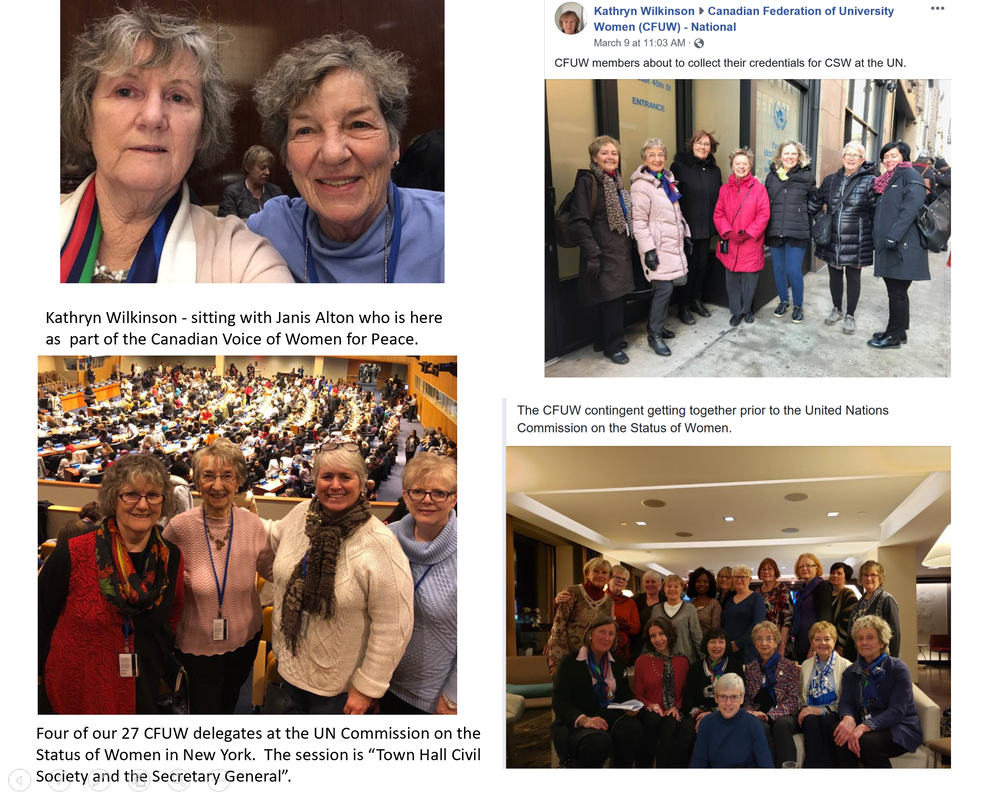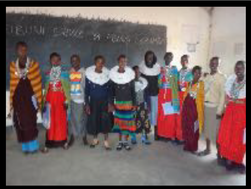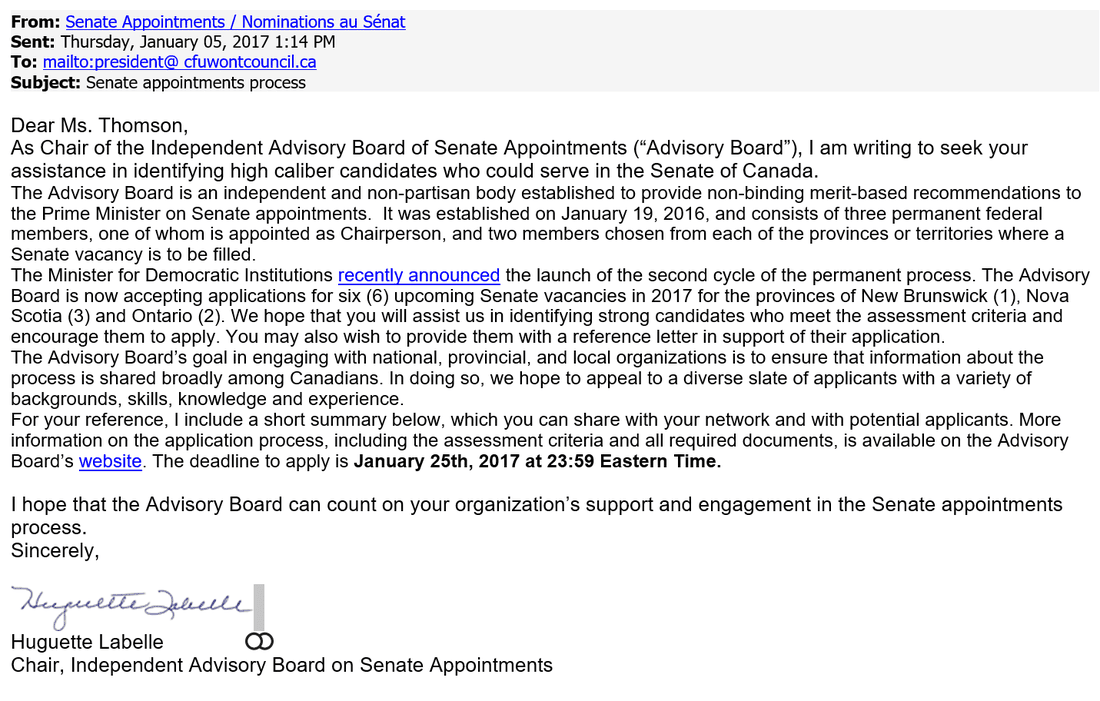Kathryn Wilkinsn, a member of CFUW Mississauga, is a delegate for the Canadian Federation of University Women (CFUW) to the United Nations Commission on the Status of Women (CSW) in New York City taking place from March 11-22, 2019. The CSW is the principal global intergovernmental body exclusively dedicated to the promotion of gender equality and the empowerment of women.
The discussion at this year’s session will primarily focus on:
• Priority theme: Social protection systems, access to public services and sustainable infrastructure for gender equality and the empowerment of women and girls;
• Review theme: Women’s empowerment and the link to sustainable development (the agreed conclusions of the sixtieth session);
The discussion at this year’s session will primarily focus on:
• Priority theme: Social protection systems, access to public services and sustainable infrastructure for gender equality and the empowerment of women and girls;
• Review theme: Women’s empowerment and the link to sustainable development (the agreed conclusions of the sixtieth session);



